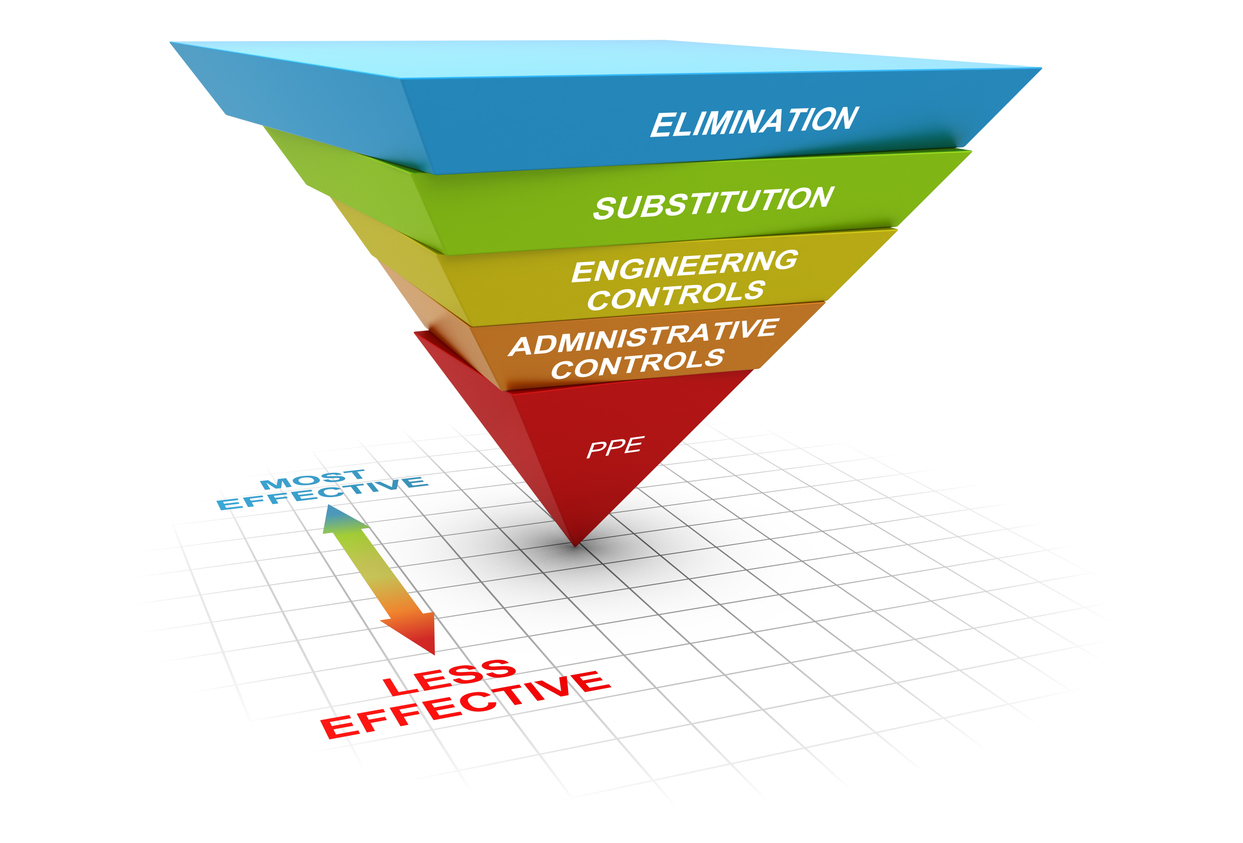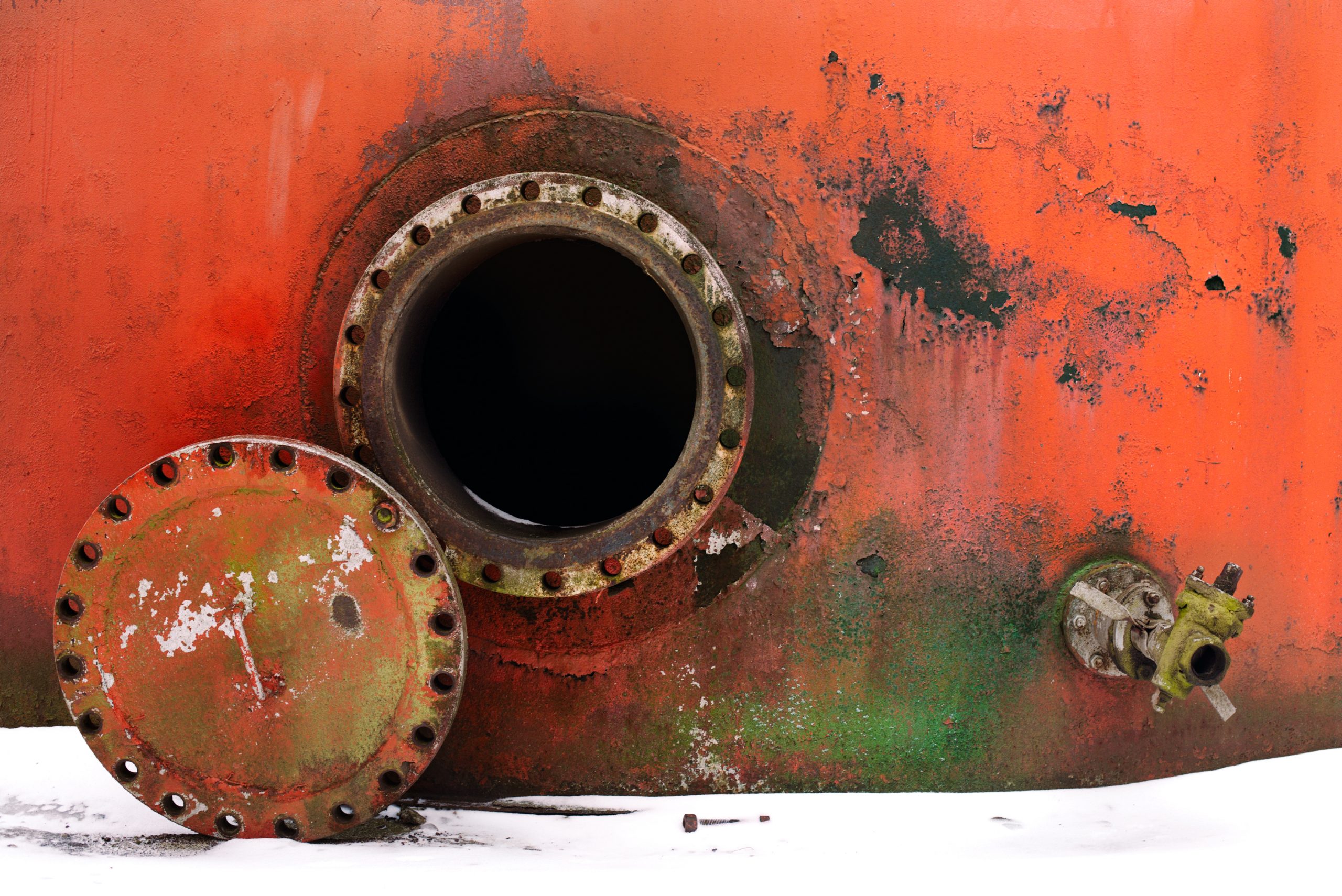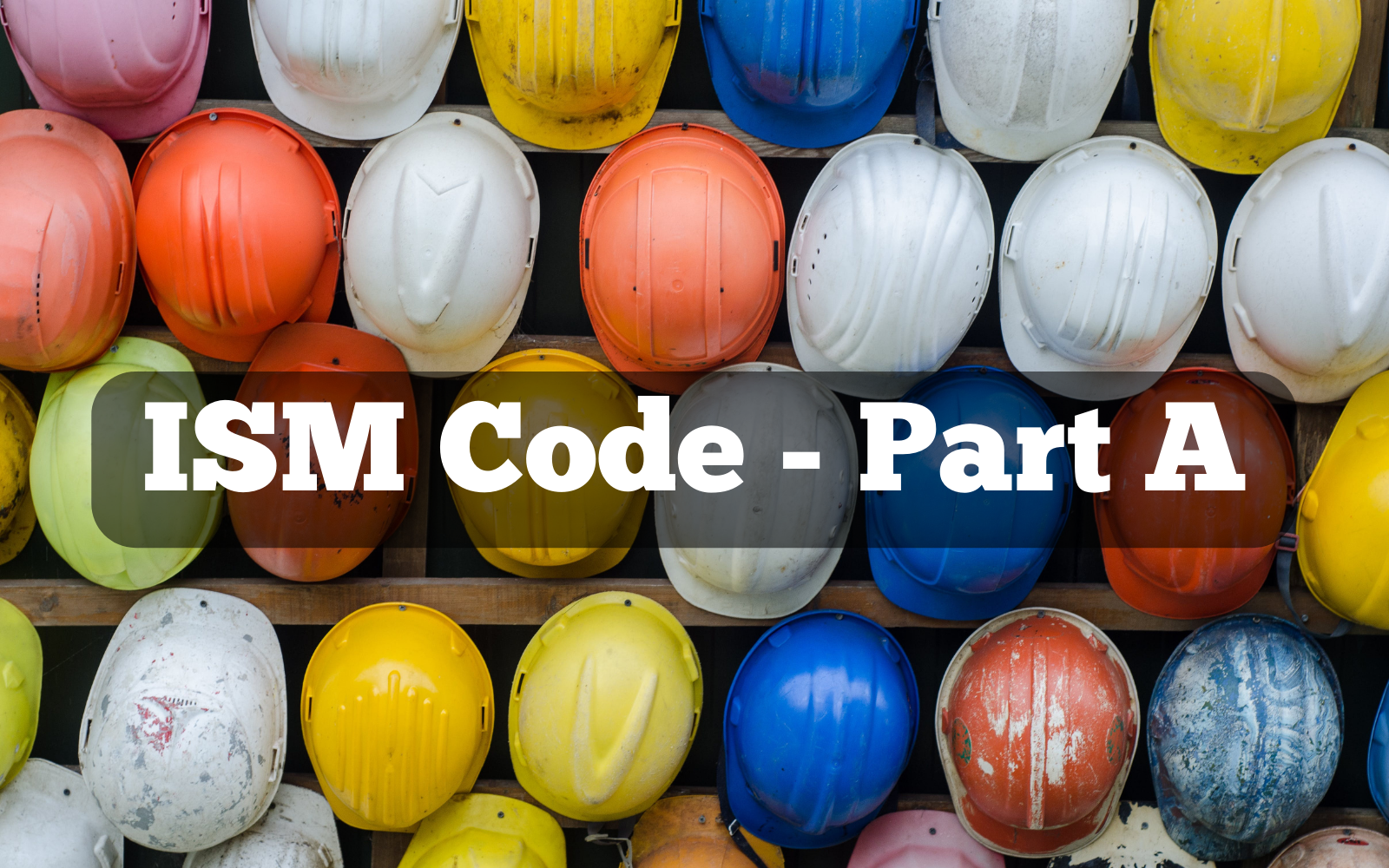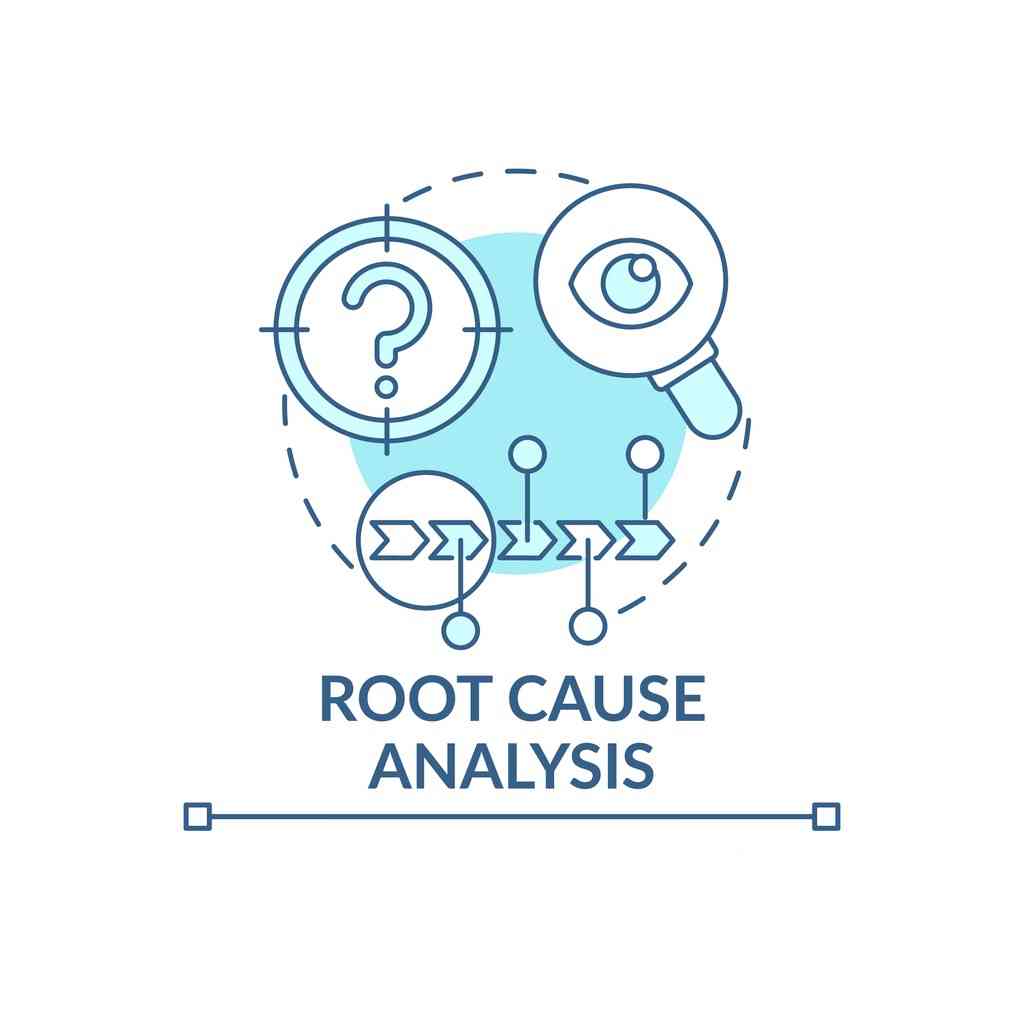Tag: ship safety
-

Ship Security Officer – Duties, Responsibilities, Course and other FAQs
What is a Ship Security Officer (SSO)? The International Ship and Port Facility Security Code (ISPS) code introduced the role of a Ship Security Officer role (SSO) on a ship. The company and the vessel master select a qualified officer to assume the role of an SSO. In this article, we shall explore the duties…
-

Hierarchy of controls with examples for each control type
Introduction Working in safety-critical industries such as construction and shipping involves many risks. If left unattended, these risks can lead to severe incidents that may result in loss of life, property, and harm to the environment. We need to reduce risks to prevent incidents. We reduce risks through control measures. Control measures can be considered…
-

Risk Assessment for Beginners: What it is, How it’s done and When to do it
Introduction Risk assessment is used in all industries today to evaluate the level of danger associated with specific operations, substances, and equipment. Only after we learn about the dangers can we take steps to mitigate them. Safety-critical industries use risk assessments to reduce operational risks and ensure occupational safety. Project managers use risk assessment resources…
-

Understanding the changes SIRE 2.0 brings
Introduction The priorities in the maritime transportation industry have always remained the same. It is to ensure the safety of the persons onboard, the cargo, and the environment. With this intention, the original Ship Inspection report programme (SIRE) was introduced by the Oil Companies International Marine Forum (OCIMF) in 1993 to safeguard oil, chemical, LNG…
-

Enclosed Space Entry – What it is, Permits, and How to Prepare
Introduction Enclosed space entry is an operation carried out on ships where personnel enter confined spaces for tasks such as inspection, cleaning, and maintenance. In this article, we will explore how these entries are performed onboard and how they can be made safer. Key Takeaways Enclosed spaces are confined spaces with limited access points and…
-

Quick summary of The International Safety Management Code or ISM Code – Part A
Part A of International Safety Management Code or ISM Code for Ships Introduction ISM code is a very popular standard introduced by the IMO for the maritime industry. While it was first adopted in the year 1993, it has since undergone many beneficial changes that make it one of the most robust and reliable standards…
-

The Fire Triangle and The Fire Tetrahedron: A beginner’s guide
Introduction Since humans first discovered how to start a fire, they have been looking for better ways to put them out. To that end, a lot of research has been carried out on multiple fronts to understand the nature of fire and how we can use that to gain mastery over it. Today, we look…
-

Classes of Fire as per ISO/NFPA and how to extinguish each
Introduction Fires occur when we least expect them to. They have the capacity to cause utter and complete destruction. When they occur, a quick reaction can not only save property but also lives. But to react in the right way, we must first learn what it is. A wrong reaction can cause much more destruction…
-

Root Cause Analysis | Definition, When to use, and How to do it
Introduction ‘Root cause analysis’ is a common term heard across a variety of industries today. Manufacturers developed this system in the 1950s for a better understanding of industrial events. For instance, Toyota invented the 5 Whys technique, a root cause analysis tool. Over time, root cause analysis has found use in industries such as safety…
![9 Classes of Hazardous Materials [IMDG] – 10 min summary](https://docs.nautilusshipping.com/wp-content/uploads/2024/05/Classes-of-hazards-feature-image.jpg)